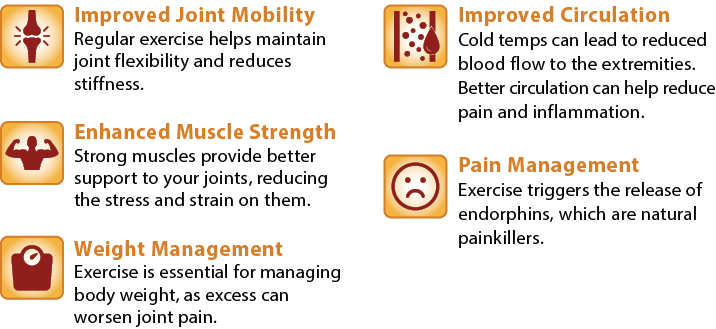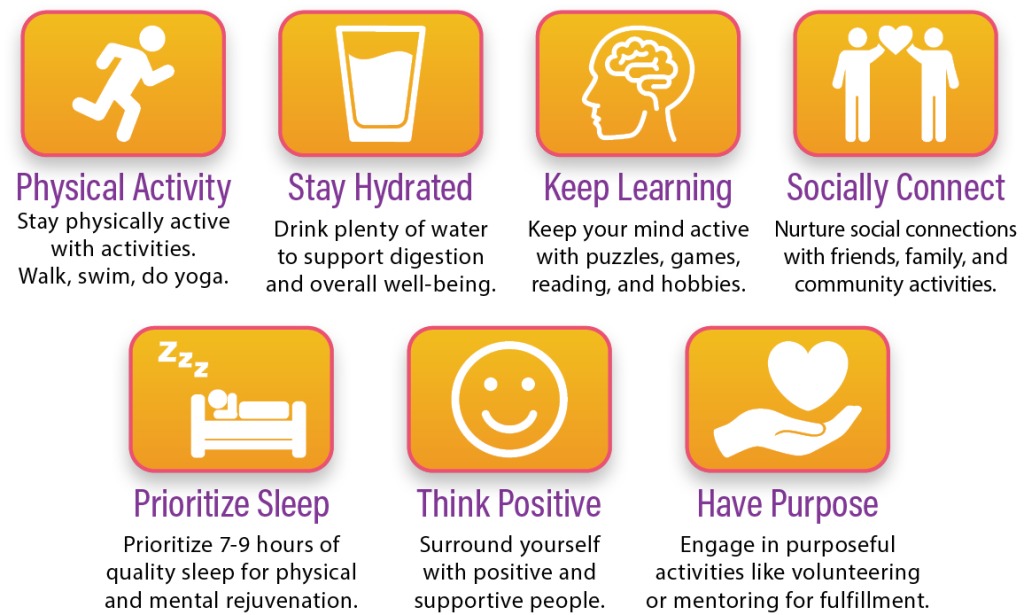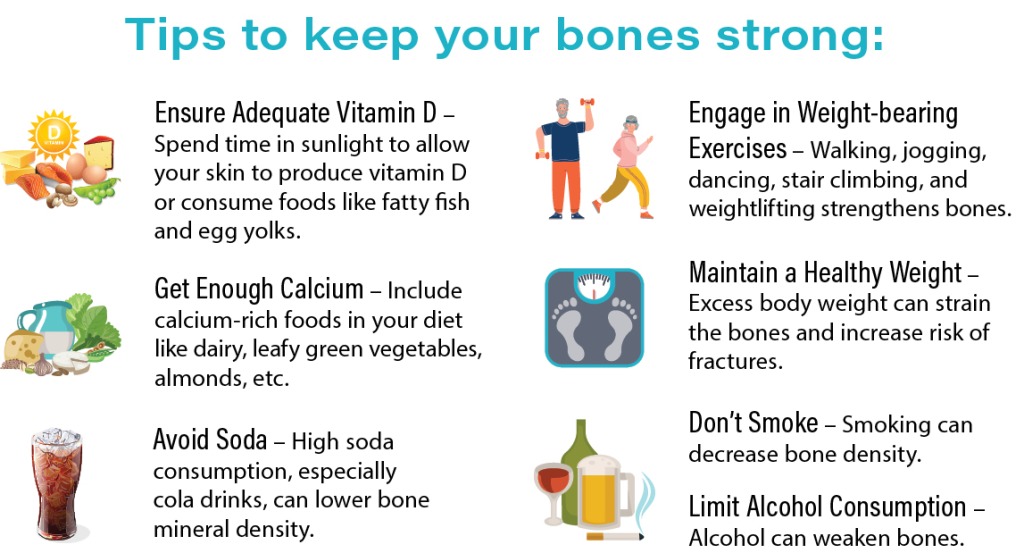The Skilled Nursing Facility (SNF) Provider Preview Reports have been updated and are now available. These reports contain provider performance scores for quality measures, which will be published on Care Compare and Provider Data Catalog (PDC) during the January 2024 refresh.
The data contained within the Preview Reports are based on quality assessment data submitted by SNFs from Quarter 2, 2022 through Quarter 1, 2023. Additionally, the Centers for Disease Control and Prevention (CDC) measures reflect data from Quarter 4, 2022 through Quarter 1, 2023 for the Influenza Vaccination Coverage Among Healthcare Personnel measure, and Quarter 1, 2023 for the COVID-19 Vaccination Coverage among Healthcare Personnel (HCP) measure. The data for the claims-based measures will display data from Quarter 4, 2020 through Quarter 3, 2022 for this refresh, and for the SNF Healthcare-Associated Infections (HAI) measure, from Quarter 4, 2021 through Quarter 3, 2022. Providers have until November 13, 2023, to review performance data.
To locate your SNF Provider Preview Reports in iQIES, please follow the instructions listed below:
- Log into iQIES at https://iqies.cms.gov/
using your Health Care Quality Information Systems (HCQIS) Access Roles and Profile (HARP) user ID and password. (If you do not have a HARP account, you may register for a HARP ID.) - From the Reports menu, select My Reports.
- From the My Reports page, locate your MDS 3.0 Provider Preview Reports folder. Select the MDS 3.0 Provider Preview Reports link to open the folder.
- Displayed for you is a list of reports available for download.
- Select desired SNF Provider Preview report name link and the report will display.
NOTE: SNF Provider Preview report links are titled “SNF Provider Preview Report”. For questions related to accessing your facility’s provider preview report, reach out to the iQIES Service Center by email iqies@cms.hhs.gov or call 1-800-339-9313. For questions about SNF Quality Reporting Program (QRP) Public Reporting, email SNFQRPPRQuestions@cms.








